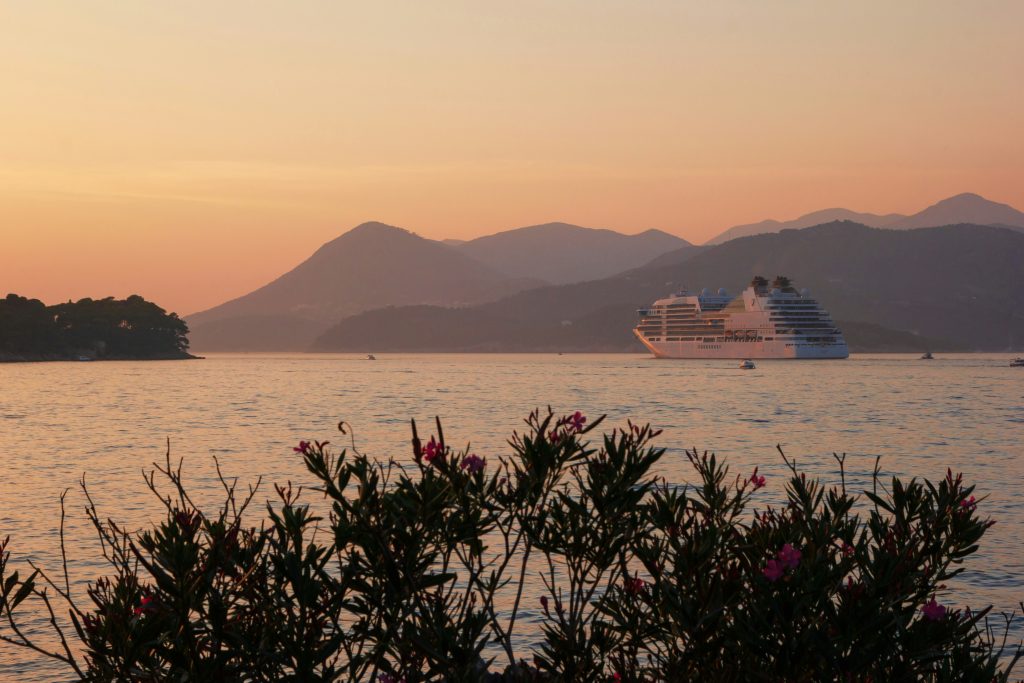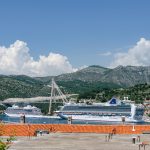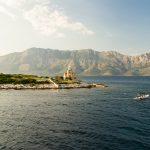July the 4th, 2024 – From 2026, only cruise ships powered by alternative fuels will be allowed to visit the fjords in Norway. The situation here however, is on the completely opposite end of the scale. Croatian air is increasingly polluted by these maritime giants.
As Morski/Jurica Gaspar writes, Norwegian legislators want to protect the country’s unique natural environment and stop damage to the marine ecosystem. In Croatia, on the other hand, the picture is quite different indeed. Dubrovnik, like some kind of industrial giant from Bangladesh, has the most polluted air in all of Croatia, and Hvar doesn’t look much better.
Back in 2013, according to data presented by Professor Marijana Pećarević from the Aquaculture Department of the University of Dubrovnik, Dubrovnik was the most polluted city in all of Croatia in terms of sulfur oxides in the air. The limit value is 5 kilograms per hectare, and that year Dubrovnik had as much as 31 kilograms of sulfur oxide per hectare. The Croatian air therefore more polluted than Sisak and Slavonski Brod, which are often mentioned in this negative context. A couple of years ago, a cruiser was fined 35,000 euros for the soot it releases, and another was fined 215,000 kuna.
the connection between cancer and exhaust gases
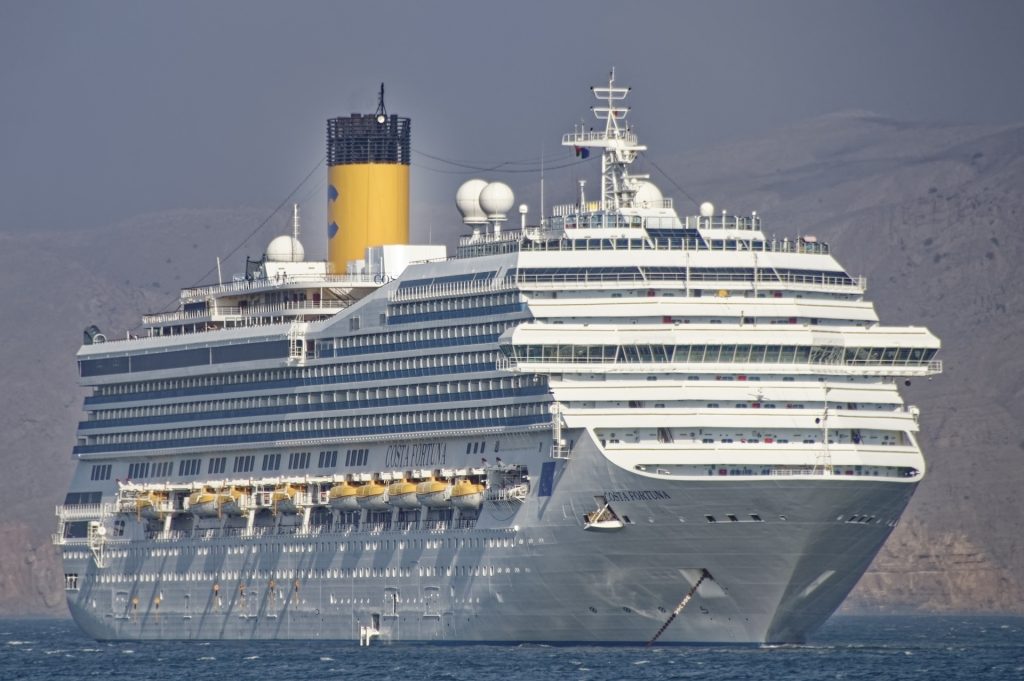
The World Health Organisation presented data on the connection between cancer and exhaust gases from fuel. Recently, ships have been targeted by the organisation because they actually pollute the environment more than vehicles on land.
Previous studies have shown that a cruise ship with three thousand guests on average pollutes the air worse than 12,000 cars, but now it turns out that the situation is incomparably worse. The investigative team of Dispatches from Channel 4 secretly installed pollution measuring devices on one of the cruise ships and came to the result that one such passenger ship pollutes the air like a million cars.
croatian air is being heavily polluted by cruise ships – the stats:
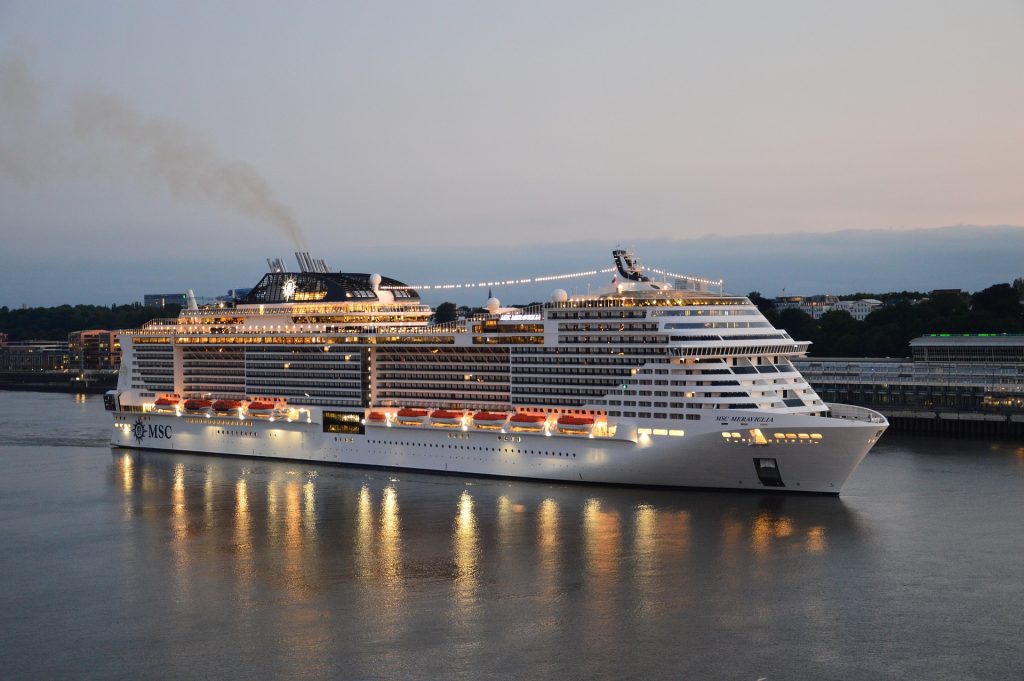
Cruisers, for example, made 627 round trips in Croatia in 2022 and, according to expert estimates, emitted around 672 tons of sulfur oxides, which is 35 times more than the total annual emissions of all registered cars in this country alone. We know that there are around 1.7 million cars currently registered in Croatia. Judging by this scale, that means that just two cruisers emit more microscopic particles responsible for the onset of cancer, asthma, COPD and similar very serious healthcare issues than all of the cars in this country put together.
In Dubrovnik in the middle of summer alone, it often happens that seven cruise ships dock in the city in one single day. People like to reference the likes of Slavonski Brod when it comes to poor Croatian air, but it seems that town is being increasingly overshadowed.
The situation is similar in other Adriatic destinations over in Italy. Venice is now turning away cruise ships, while Croatia is building new ports for them and expanding old ones, as is the case in both Zadar and Split. When anchored in front of any destination in Croatia, particles floating and polluting the air are a severe health and environmental hazard, as well as extremely harmful to the forest, nature and the sea.
norway takes an aggressive stance
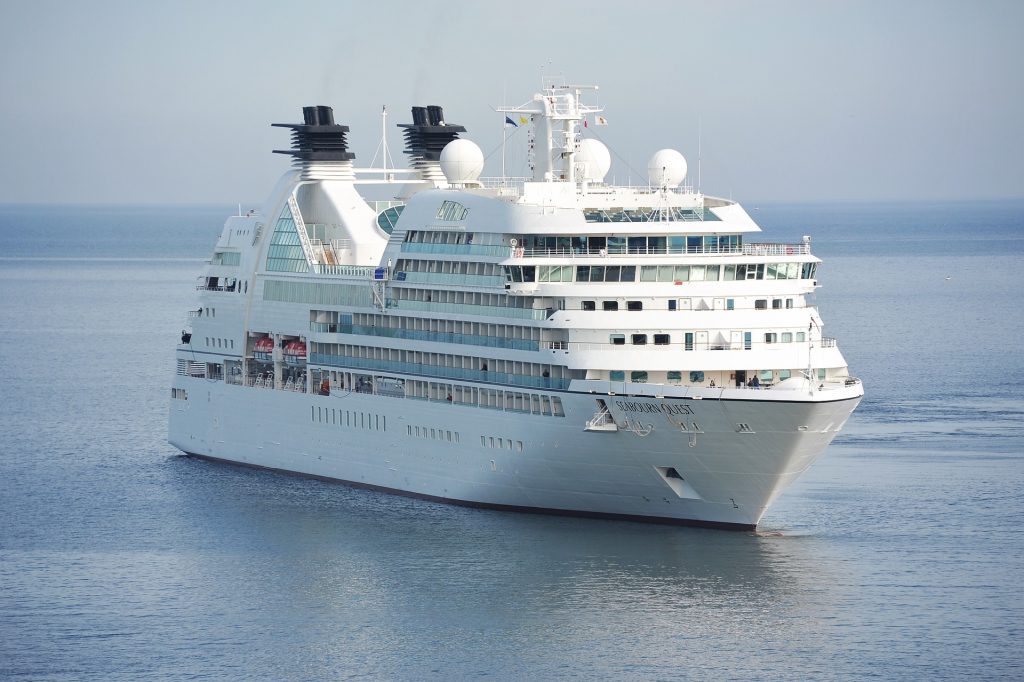
In contrast to Croatia and the increasingly polluted Croatian air, the Norwegian Government has taken a much more aggressive stance towards the ban on sailing fuel-powered ships in their iconic fjords. Starting in 2026, only ships powered by alternative fuels, such as liquefied natural gas (LNG), will be allowed to visit the fjords. Due to the emission of much more harmful methane, LNG is now a completely different story, but the first step towards the banning of huge chimneys with black smoke has finally been made.
According to the Research Institute of Western Norway, cruise ships in Norway consume around 170 million litres of fuel per year. This represents about three percent of the total greenhouse gas emissions in the entire country. Most of that harmful fuel is burned out at sea. However, about 30 percent, or nearly 34 million litres, is burned while ships are docked in the port or visiting the fjords themselves.
how much incredible damage do cruisers in croatia do?
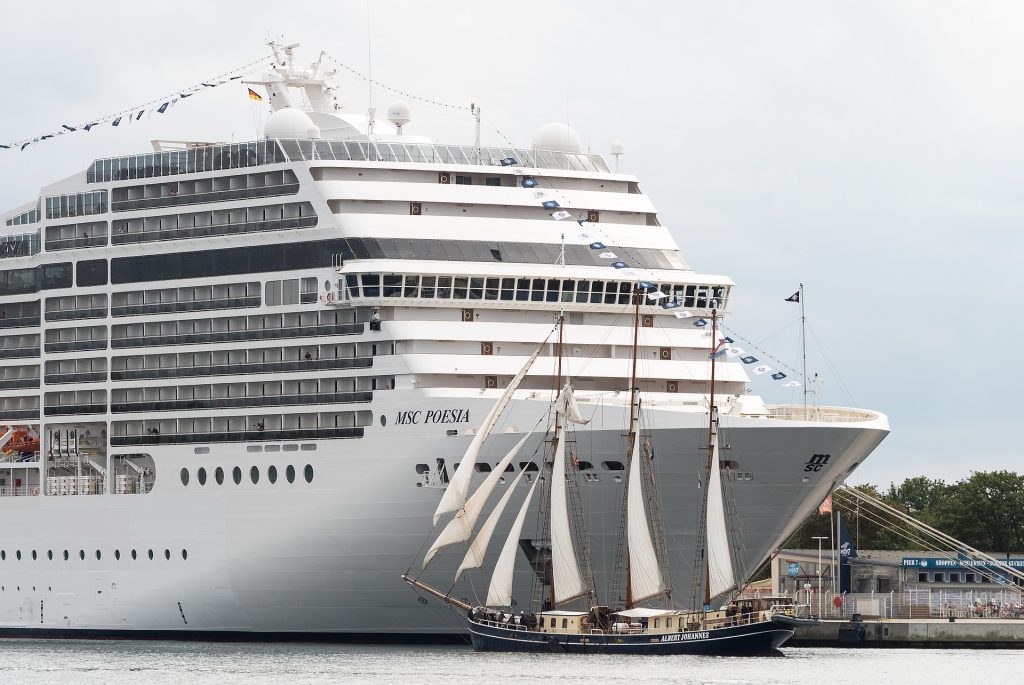
How much damage do Croatian cruisers do? Do they result in any benefits whatsoever? Research by Hrvoje Carić from the Institute of Tourism in Zagreb, the author of a paper on the cost and profit from cruise ship landings in Croatia, showed that Croatia suffers almost eight times more damage from tourist ships than it earns from them.
For example, on the figure of about 700 thousand passengers from cruise ships who spent an average day and a half in Croatia, the earnings were about 50 million euros. The cost was about seven times higher – standing at a staggering 350 million euros. This doesn’t even take into account the damage to the formerly clean Croatian air, the environment and human health, which are dozens of times greater and incalculably more expensive.

